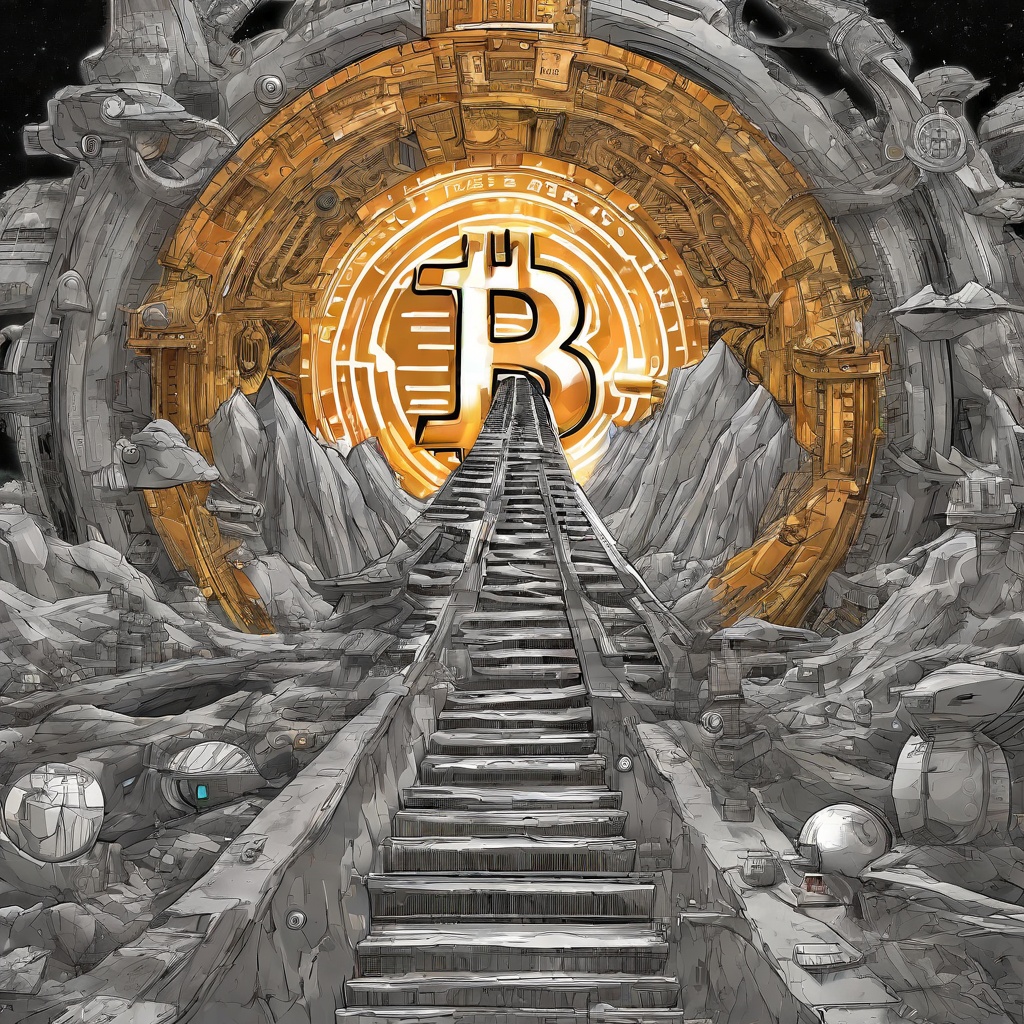Why is bitcoin capped at 21 million coins?
Could you elaborate on the rationale behind the decision to cap the total supply of Bitcoin at 21 million coins? What were the founders' intentions in setting this limit? How does it affect the value and scarcity of Bitcoin in the long run? What are the potential implications of this cap on the cryptocurrency market and the economy at large? And finally, are there any plans to revise or adjust this cap in the future? Understanding the reasons behind this decision is crucial in assessing the sustainability and future prospects of Bitcoin.

Can DOGE ever be capped?
Can DOGE ever be capped?" This question has been on the minds of many cryptocurrency enthusiasts and investors. After all, Dogecoin, or DOGE, has seen a meteoric rise in popularity and value in recent years, becoming one of the most talked-about cryptocurrencies in the market. However, the question of whether DOGE can ever be capped is a complex one. On the one hand, Dogecoin is an inflationary currency, meaning that its supply is designed to increase gradually over time. This is in contrast to many other cryptocurrencies, such as Bitcoin, which have a fixed supply cap. On the other hand, Dogecoin's community and developers have the ability to adjust the inflation rate or even implement a supply cap if they choose to do so. This flexibility could potentially allow DOGE to adapt to market conditions and maintain its value over time. So, can DOGE ever be capped? The answer is not entirely clear. It depends on the decisions of the Dogecoin community and developers, as well as the overall market conditions. Only time will tell if DOGE will maintain its current momentum or if it will eventually face a supply cap.

